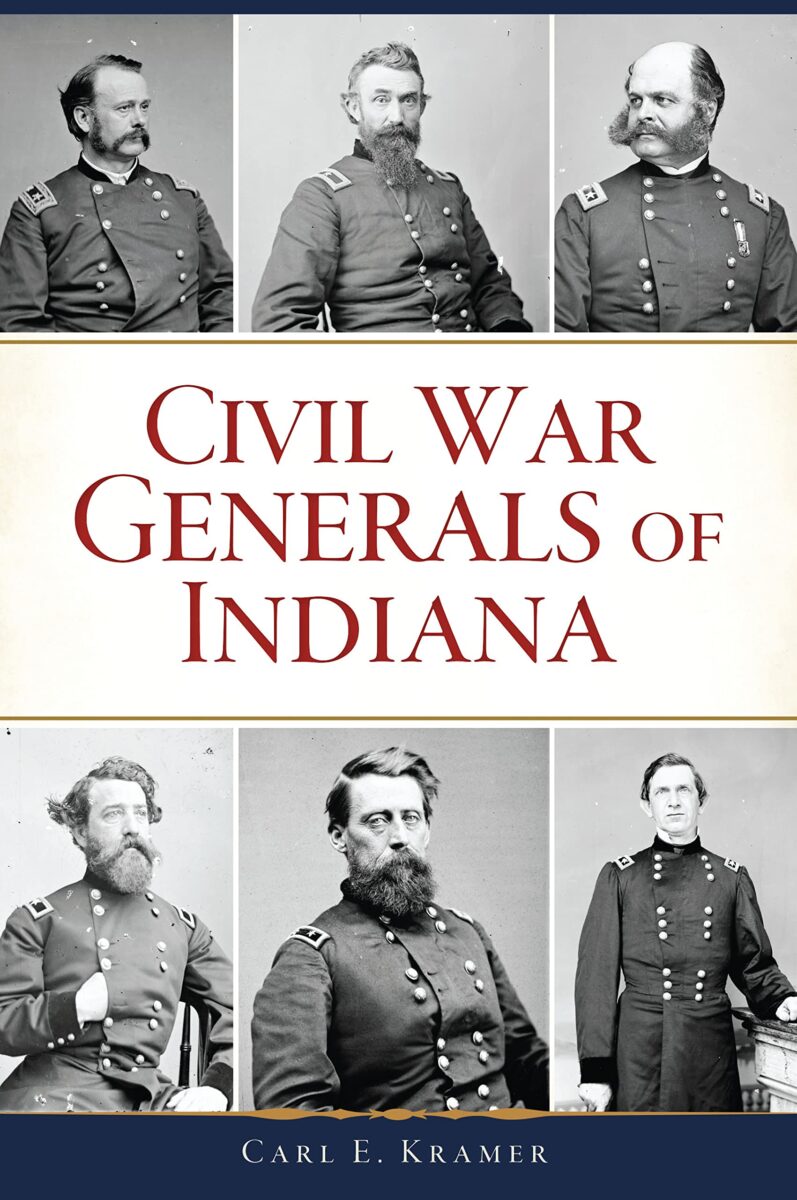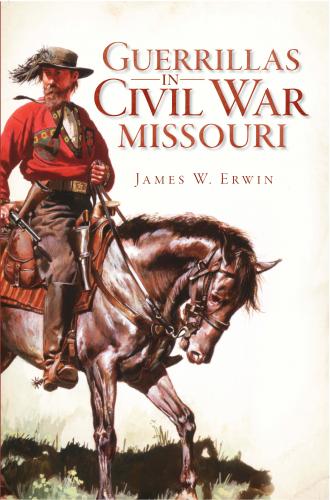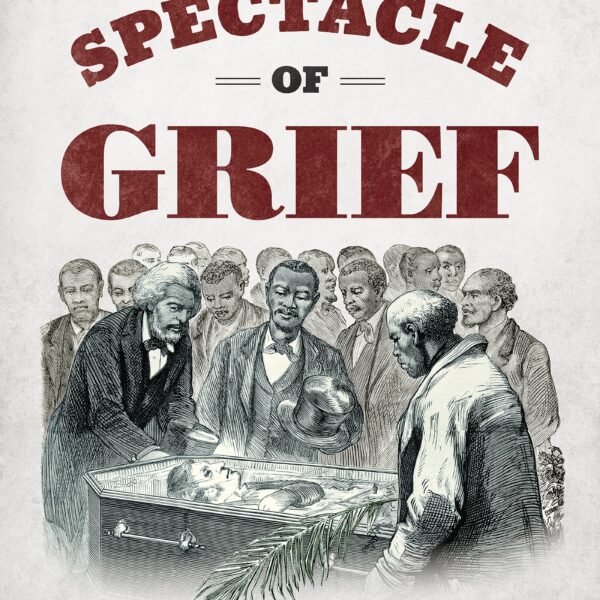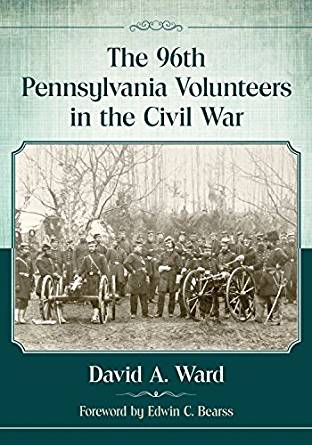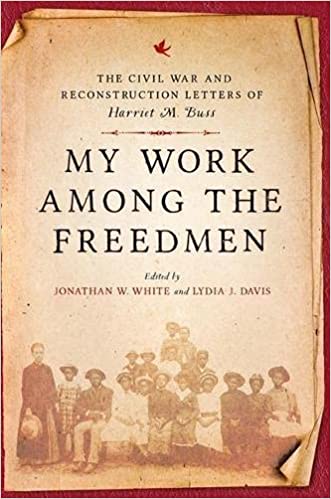During the U.S. Civil War, some three million men provided their services to both the Union and Confederate armies. With massive armies being formed, there was a dire need for generals to lead these men into combat. Each state would provide their fair share of generals—including Indiana, which supplied nearly 120 general officers during the conflict. These men are the subject of historian Carl E. Kramer’s Civil War Generals of Indiana, which supplies short biographical studies of each Hoosier state general. This work proves the culmination of research that Kramer has conducted throughout his career—work that began with his initial interest in the conflict during the war’s centennial.
While Kramer states “that this book does not pretend to be the final authority on Hoosier generals in the Civil War,” he nonetheless provides valuable information about some often neglected generals (13).
Kramer begins his book by describing what makes an “Indiana general” during the Civil War. When determining his criteria for who can be classified an Indiana general, he states that an individual had to be a full-rank general (either of volunteer troops or within the Regular Army), a brevet general, or a state service general. He relied heavily on Ezra J. Warner’s Generals in Blue: Lives of the Union Commanders [Louisiana State University Press, 1964] and Indiana’s Adjutant General William H.H. Terrell’s report, Indiana in the War of the Rebellion, when drawing up a list of generals who fell under these categories. Further, Kramer had to set criteria on who was to be considered a Hoosier general. To be considered a Hoosier, one had to have been born in the state, to have relocated there, or to have helped organize the state’s military operations.
With this criterion in place, Kramer turns to constructing capsule biographies of each of Indiana’s generals. In these biographies, he notes when and where each general was born, their pre-war profession, experience during the war and rise through the ranks, and, lastly, what happened to them after the conflict.
Conducting the research for these biographies, Kramer discovered that the generals who were affiliated with the Hoosier state “demonstrated a variety of characteristics that reflect the state of American society” (11). They served in a wide variety of professions prior to the outbreak of the conflict, tended to be relatively young, and were patriotic in their service. Kramer argues that they were not a “distinguished lot” militarily (13). As one would expect, he makes this point by looking at the service records of Hoosiers like Ambrose Burnside, Don Carlos Buell, and Jefferson C. Davis, among others. While these generals may not have lived up to expectations, others would serve ably at most levels of command.
The biographies collected here lack depth, though a detailed biographical work was not Kramer’s goal. Instead, the author intended this work to inspire a future generation of historians to take a deeper dive into the lesser-known lives of Indiana’s Civil War generals. In this effort, Kramer succeeds. Readers desiring an accessible introduction to Indiana’s generals will find this a valuable compendium.
Riley Sullivan teaches history at San Jacinto College in Texas.
